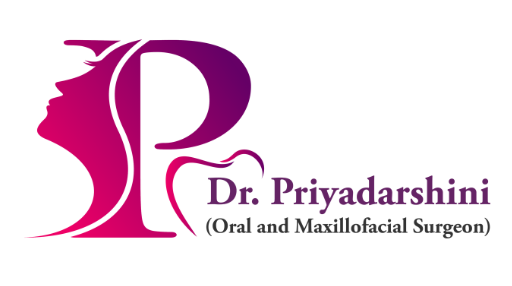The Role of Genetics in Cleft Lip and Palate: What Families Should Know
Cleft lip and palate are among the most common congenital conditions seen in newborns. While many factors can contribute to their development, genetics play a significant role. For families, understanding the genetic link is crucial not only for early diagnosis but also for future planning and support.

What is a Cleft Lip and Palate?
A cleft lip is a physical separation or gap in the upper lip, while a cleft palate occurs when the roof of the mouth (palate) does not fully close during development. These conditions can appear separately or together and may range from mild to severe.
The Genetic Connection
Research shows that genetics are a key factor in cleft lip and palate development. If one parent or sibling has a cleft, the chances of another child being born with the condition increase. However, the risk varies depending on whether the cleft occurs alone or as part of a syndrome involving multiple genes.
- Single-gene mutations: Certain gene mutations can directly cause cleft formation.
- Chromosomal changes: In some cases, clefts may be associated with larger chromosomal abnormalities.
- Family history: A positive family history increases the likelihood, but it does not guarantee recurrence.
Genes and Environment: A Combined Effect
While genetics are important, they often interact with environmental factors such as:
- Maternal smoking or alcohol use during pregnancy
- Nutritional deficiencies (like folic acid)
- Certain medications taken during pregnancy
- Maternal health conditions (e.g., diabetes, obesity)
This means cleft lip and palate usually result from a multifactorial cause—a combination of genes and environment.
Should Families Consider Genetic Counseling?
Yes. Families with a history of cleft lip or palate can benefit from genetic counseling. A genetic counselor can:
- Assess the risk of recurrence in future pregnancies
- Recommend prenatal tests if needed
- Provide emotional and psychological support
- Guide families through treatment options
Treatment and Outlook
The good news is that cleft lip and palate are treatable with modern surgical and medical care. Treatment often involves a multidisciplinary team including:
- Plastic surgeons
- Pediatricians
- Speech therapists
- Orthodontists
- Genetic counselors
With proper treatment, children with clefts can lead healthy, fulfilling lives.
Key Takeaways for Families
- Genetics play an important role but are not the only factor.
- Having a family history increases the risk but doesn’t make it certain.
- Environmental influences during pregnancy can also contribute.
- Genetic counseling helps families make informed decisions.
- Early medical intervention ensures the best outcomes.
Final Thoughts
Understanding the genetic role in cleft lip and palate empowers families to seek timely help, plan ahead, and provide the best possible care for their children. With advances in genetics and surgery, the outlook for children with clefts has never been brighter.
Book an appointment today!
If you have any general or medical enquiry, feel free to contact us.



